Top Fastest UK Mobile and Home Broadband ISPs for H1 2022

Next we’ll examine how some of the more established alternative (AltNet) Fibre-to-the-Premises (FTTP) providers – those who have built their own physically separate broadband networks – perform when compared with the mainstream national players. CityFibre doesn’t have an entry below because they’re supplied via lots of ISPs (e.g. Vodafone, Zen, Giganet, TalkTalk).
The following ISPs don’t suffer from the same performance woes as copper or hybrid fibre networks, thus we only focus our results on the top 10% (fastest) connections, which in most cases will reflect those consumers who take the fastest gigabit tier(s) available from each provider. The caveat is that these scores will still be heavily impacted by the same issues as mentioned earlier (e.g. slow Wi-Fi, local network congestion, take-up etc.).
Ideally all providers would also publish their own internal speedtest data for each of their packages (i.e. to the customer’s router), but that would be expensive for some and require more action from Ofcom. On the flip side, it would enable us to see how such services perform when WiFi is removed from the equation.
Full Fibre Altnets by Avg. Download (2022 H1 vs 2021 H2)
| ISP | DL – Top 10% – 2022 H1 |
DL – Top 10% – 2021 H2 |
| toob | 934.5Mbps | 863.5Mbps |
| Community Fibre | 693.2Mbps | 523.1Mbps |
| Lila Connect (VX FIBER) | 662.6Mbps | no data |
| Hyperoptic | 602.4Mbps | 540Mbps |
| Zzoomm | 561.8Mbps | no data |
| Swish Fibre | 471.1Mbps | no data |
| Jurassic Fibre | 418.6Mbps | 168.9Mbps |
| Wessex Internet | 374.7Mbps | 374.8Mbps |
| Gigaclear | 336.7Mbps | 322.7Mbps |
| Fibrus | 293.2Mbps | 272.6Mbps |
| KCOM | 290.8Mbps | 402.6Mbps |
As before, it’s wise not to read too much into speed fluctuations above because the faster you go, the more obvious the caveats of web-based speed testing become. In addition, some ISPs, such as toob, only sell a 1Gbps package (i.e. the results aren’t impacted by users on slower tiers) and may have fewer customers (i.e. lower confidence in the data). In short, apples-to-apples comparisons are tricky.
We intend to keep expanding this table as new providers grow, which will in turn result in more data. But it seems clear that most of these providers are delivering excellent performance. Sadly, B4RN and Netomnia (YouFibre) didn’t make the cut for this update due to a lack of testing samples (we’d previously included them). But several other altnets, such as Zzoomm and Swish Fibre, did, and for the first time.
A Quick Word on Satellites
The Fastest Mobile Operators
Mobile performance is a difficult thing to study because end-users are always moving through different areas (indoor, outdoor, underground etc.), using different devices with different capabilities and the surrounding environment (weather, trees, buildings etc.) is ever changeable. All of this can impact signal reception, and that’s before we even consider differences in network (backhaul) capacity or spectrum ownership.
Suffice to say that studies of mobile broadband speed are inherently open to variation, but the top networks often tend to be those with a combination of the best 4G or 5G coverage, a good amount of radio spectrum and the most advanced technologies. In 2022 the biggest change has been the growing reach of 5G and supporting devices, which is starting to push performance up again after 4G seemed to stagnate.
Average Mobile Download Speeds for H1 2022
| No. | Operator | 2022 H1 (Top 10%) | 2021 H2 (Top 10%) | Change |
| 1. | Three UK | 74.2Mbps (180.3Mbps) | 37.1Mbps (89.5Mbps) | 100% |
| 2. | EE | 50.2Mbps (100.8Mbps) | 34Mbps (65.7Mbps) | 47.65% |
| 3. | Vodafone | 34.6Mbps (87.5Mbps) | 24.6Mbps (59Mbps) | 40.65% |
| 4. | O2 | 20.7Mbps (43.6Mbps) | 20Mbps (44.2Mbps) | 3.5% |
Average Mobile Upload Speeds for H1 2022
| No. | Operator | 2022 H1 (Top 10%) | 2021 H2 (Top 10%) | Change |
| 1. | EE | 11.3Mbps (21.3Mbps) | 7.8Mbps (18Mbps) | 44.87% |
| 2. | Three UK | 9.9Mbps (25.3Mbps) | 7.6Mbps (18.8Mbps) | 30.26% |
| 3. | Vodafone | 6.8Mbps (15.8Mbps) | 5.8Mbps (15.5Mbps) | 17.24% |
| 4. | O2 | 4.6Mbps (12.3Mbps) | 4.5Mbps (13Mbps) | 2.22% |
Overall, the average download speed of the four primary mobile operators was 44.92Mbps (up from 28.92Mbps at the end of 2021) and the average upload speed hit 8.15Mbps (up from 6.42Mbps). During previous updates we’d noted that performance had begun to stagnate as 4G settled into maturity, but 5G coverage and take-up is new really starting to have a clear impact.
The biggest beneficiary of the 5G bounce seems to be Three UK, which has reported a huge increase in downstream performance and a strong rise in upstream. This has also been reflected by other studies, such as those conducted by Ookla’s Speedtest.net service. But EE and Vodafone are also seeing a respectable rise in performance, even if it’s not always to the same level as Three UK.
On the flip side there’s O2 (VMO2), which seems to be bucking the industry trend and is almost acting as if it hadn’t even deployed any 5G.
We should point out that existing 5G networks are still somewhat hobbled by issues of limited coverage and they also rely on some 4G platforms. None of this will change much until the new Standalone 5G (SA) networks start to gain traction (these adopt 5G for everything, end-to-end). The latter is a big part of the reason why upload speeds, as well as latency, haven’t improved as fast.
Mark is a professional technology writer, IT consultant and computer engineer from Dorset (England), he also founded ISPreview in 1999 and enjoys analysing the latest telecoms and broadband developments. Find me on X (Twitter), Mastodon, Facebook and Linkedin.
« Hyperoptic Launch Fair Fibre Framework to Support Struggling UK Users
Latest UK ISP News
- FTTP (5533)
- BT (3518)
- Politics (2542)
- Openreach (2299)
- Business (2267)
- Building Digital UK (2247)
- FTTC (2045)
- Mobile Broadband (1978)
- Statistics (1790)
- 4G (1669)
- Virgin Media (1621)
- Ofcom Regulation (1466)
- Fibre Optic (1396)
- Wireless Internet (1392)
- FTTH (1382)







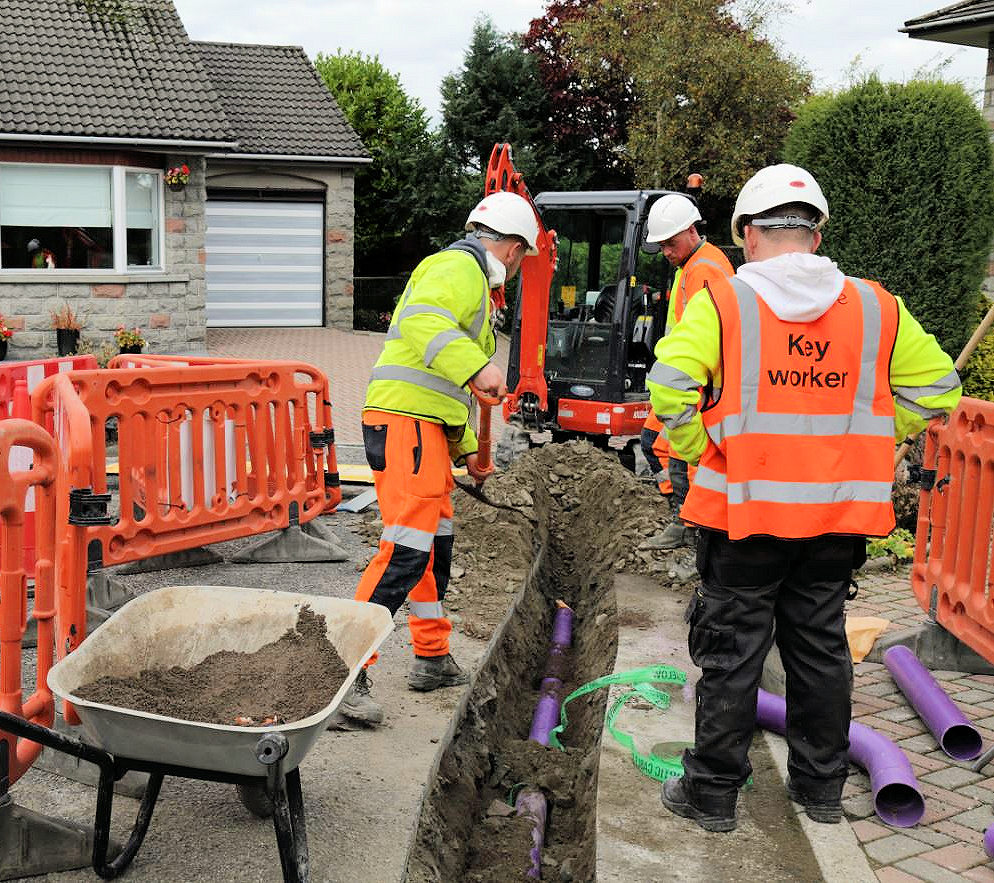

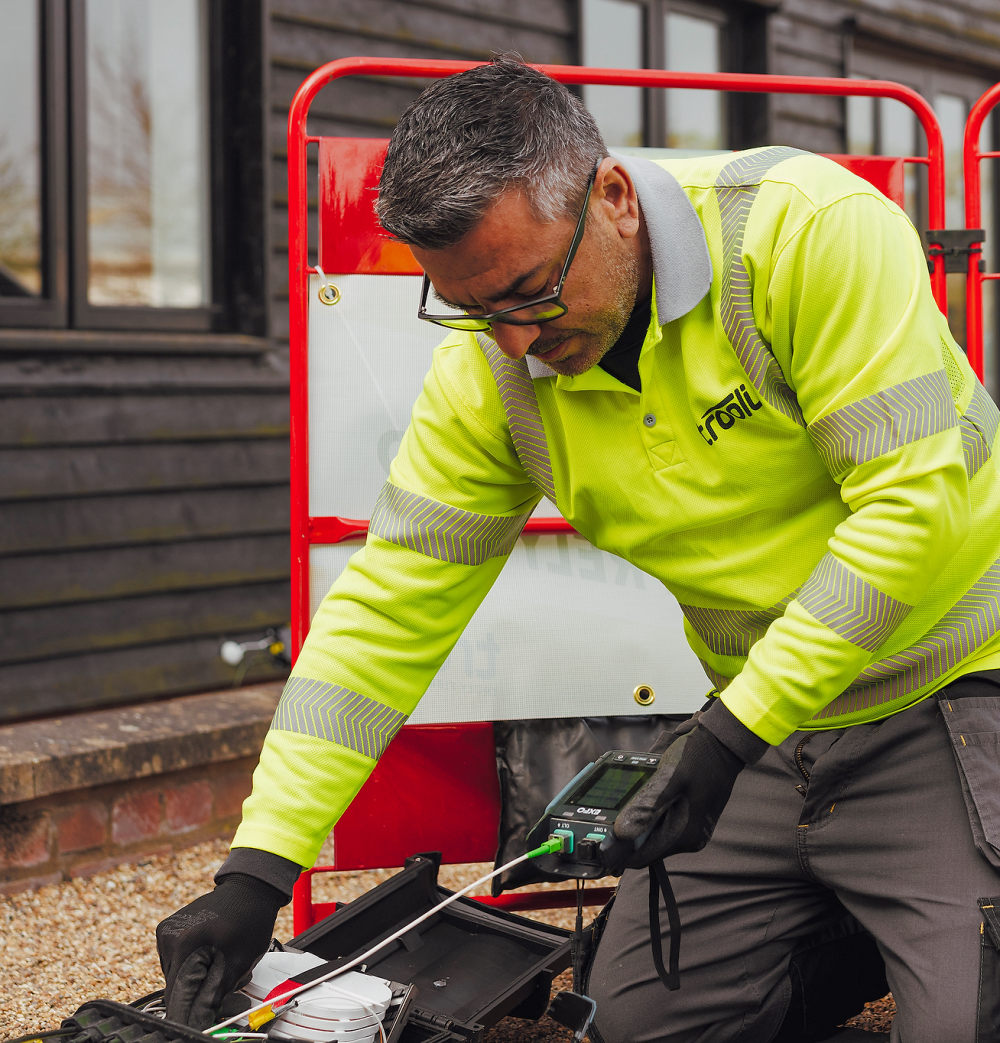






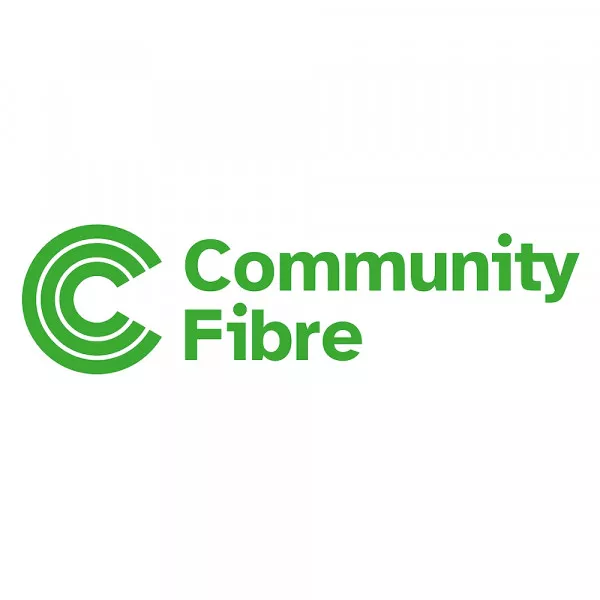
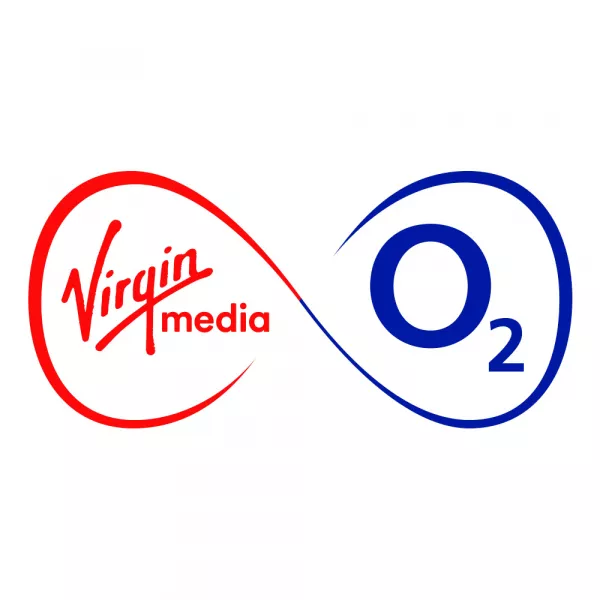






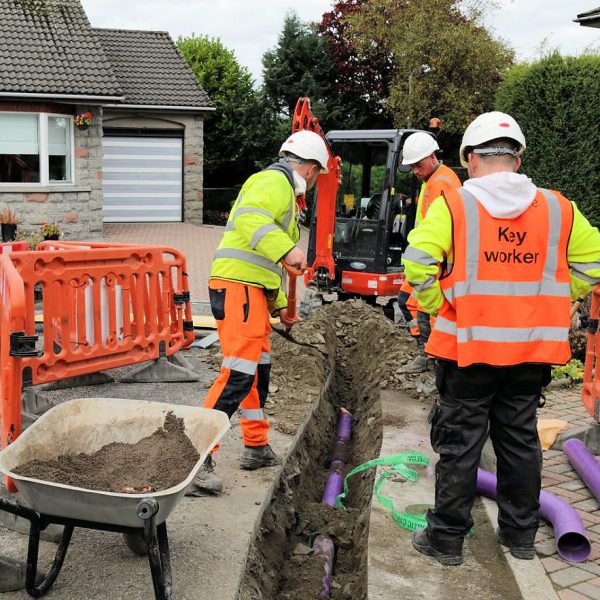

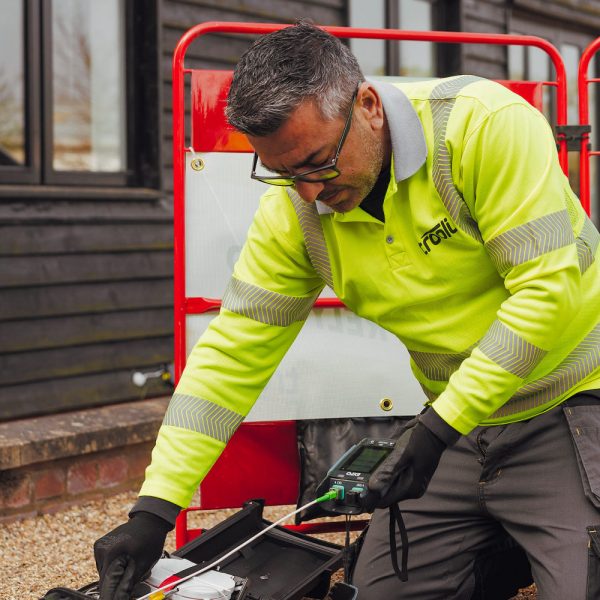
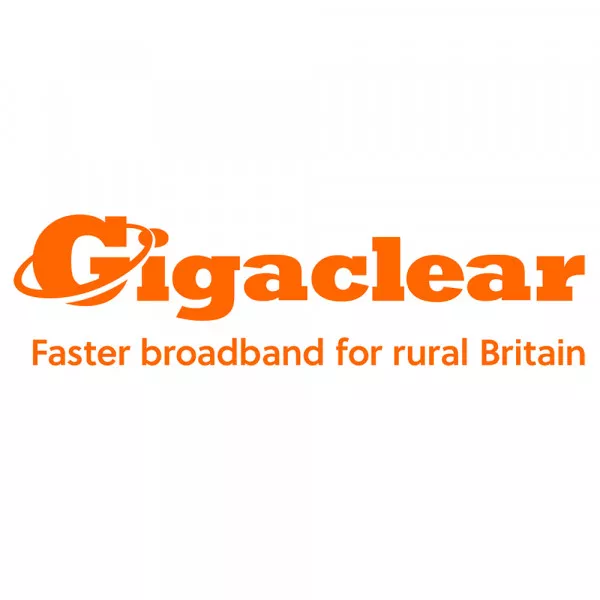

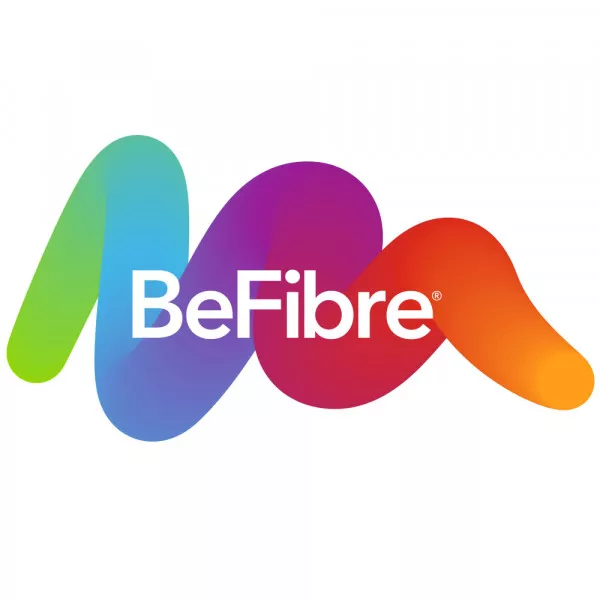




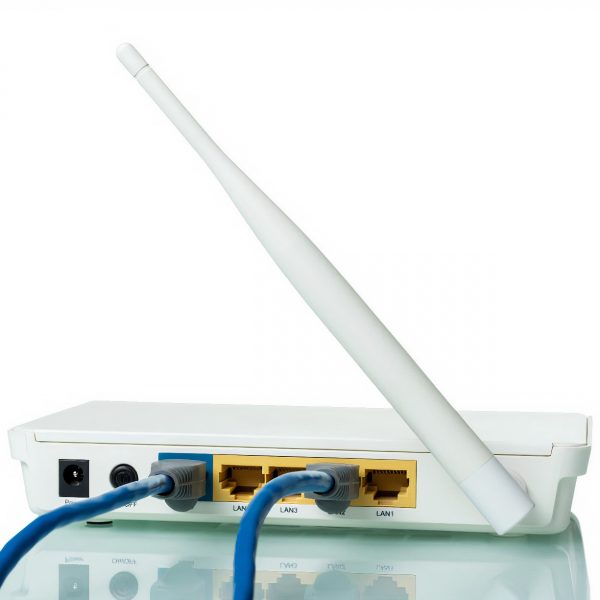
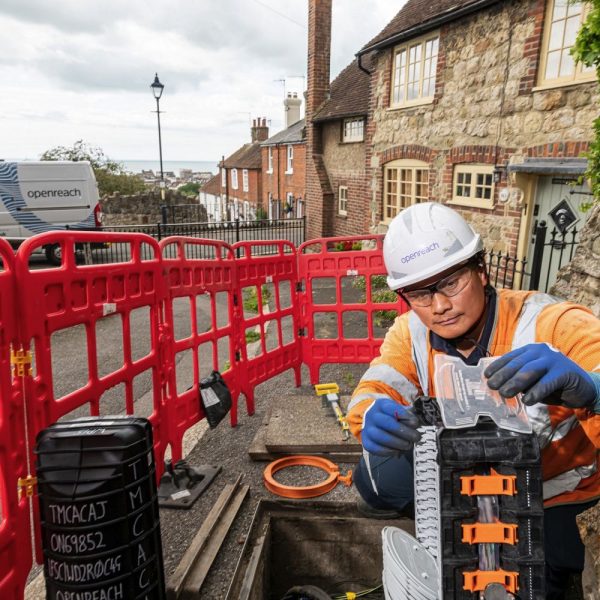

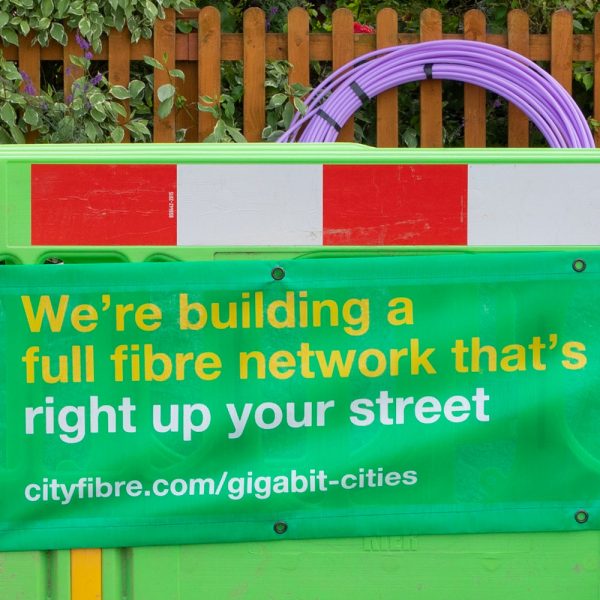
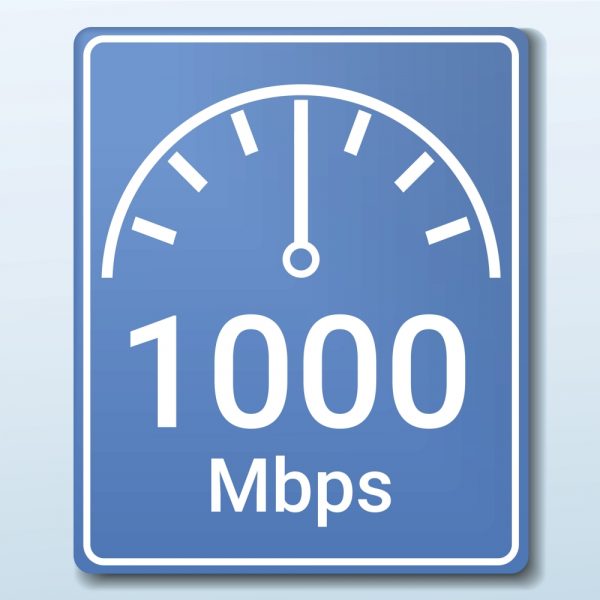
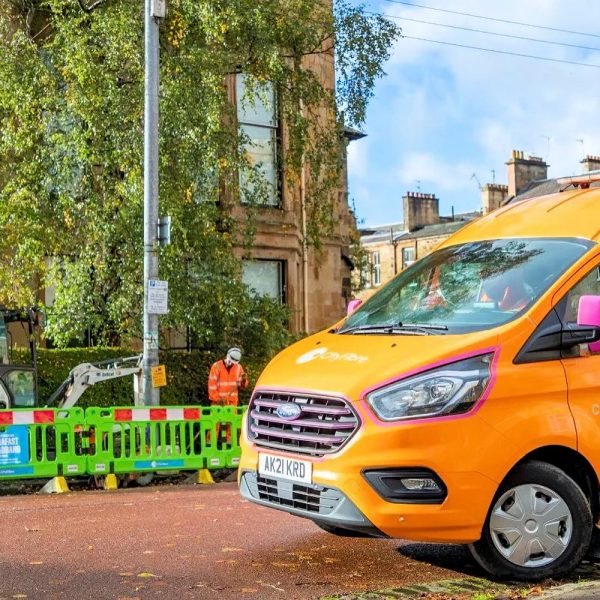



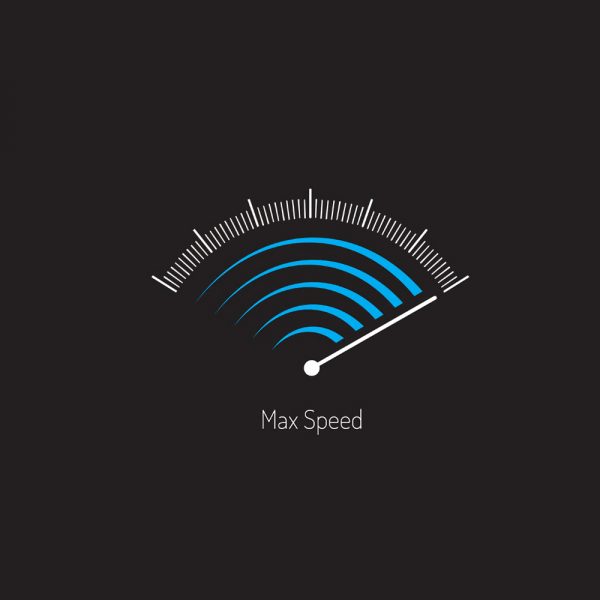





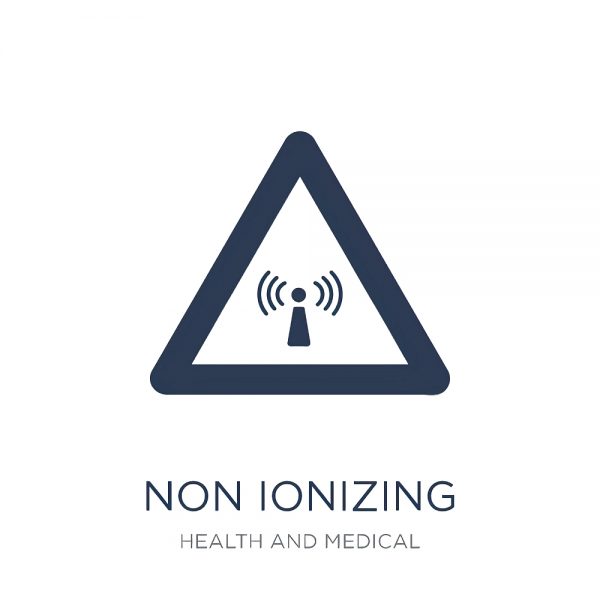
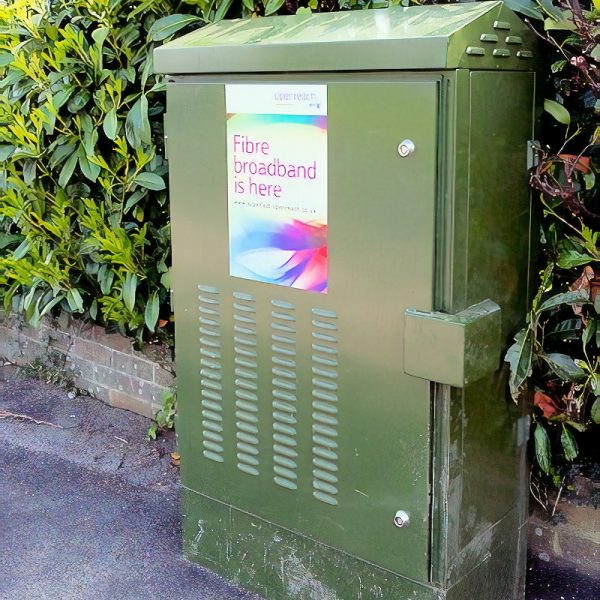


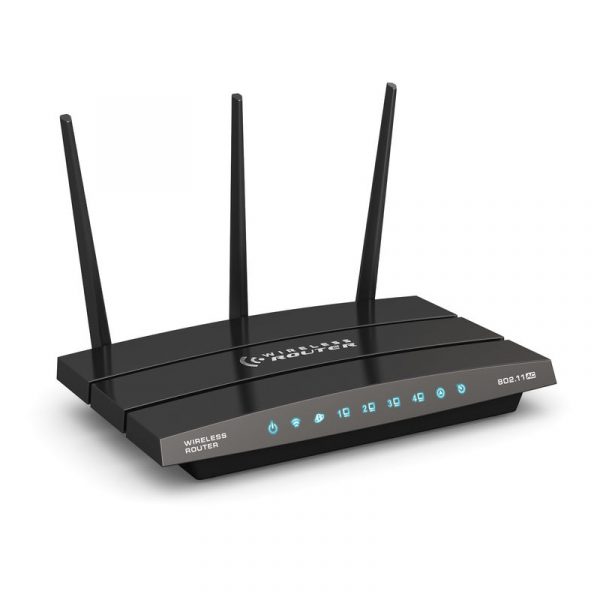






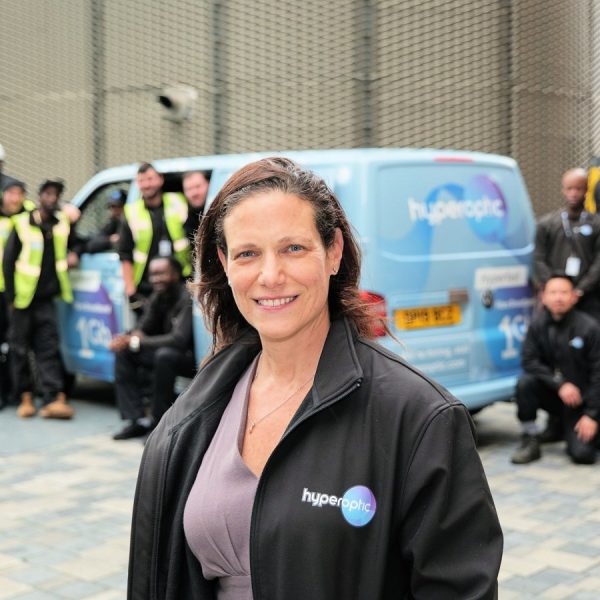
I don’t know where they getting figures.
I have EE since 2017. I had ~80 Mbps. With new contract it started to go down, then had ~70 Mbps. Now can get only ~60 Mbps…
Now waiting for Youfibre as they should go live soon with proper Fibre internet.
Speedtest data comes from masses of customers – across different packages, all averaged out into a ‘mean’ above. The anecdotal experience of an individual may naturally differ from the averaged result, as should be obvious.
With FTTP slowly coming out nationwide, do these stats even matter anymore? You get what you pay for with FTTP. And actually you get more (I pay for 500mb/s, I actually get 560mb/s).
Putting virgin media top too doesn’t feel right as they are a terrible company. It would be fairer saying CityFibre should come top as they just allow their lines to be used by other companies.
They do still matter as FTTP is still a contended (shared) service, you could pay for 500Meg but get much less throughput at busy times if the ISP is maximising their profit by over subscribing their service.
Phil i think he meant the average may be lower than the actual fastest speeds you can get ie. not everyone is buying gigabit even though it is available to them. FTTP is faster. eg. BT promise if your 900mb package goes below 700meg you can leave your contract.
It’s probably fair to say Virgin Media are certainly “capable” of the best and fastest speeds (well, ignoring the recent AltNet revolution), but for whatever reason their evening peak speeds and latency have been appalling for me in 3 separate properties in different cities (Cardiff, Bristol, London) over a decade.
I just got fed up with them and left. The BT Openreach solution is only 80 meg in my area, but it has been rock solid. Even if the upload can be a pain when shifting larger files to work.
It was not uncommon to see a 50% drop in speeds with Virgin aroud 8pm, or hell having Netflix buffer or watching live sports. It was embarrassing. I admit I haven’t used Virgin for around 3 years now, so I’ll remain open to a bargain. But I simply hate the “phone tv mobile broadband” upselling nonsense that goes along with it. I just want a fast broadband line without the obnoxious urban advertising.
Have tried them all and prefer Zen Internet. Brilliant customer service.
Never had a problem and I live with castle-thick walls.
I have switched my friends and family. The incentive of a £40 gift voucher each is a no-brainer with costs rising.
That’s £80 of free grocery shopping!
I have been using Zen for years and can never see me changing.
Disgusting download speeds for a country like UK!
That’s because people aren’t taking the fastest speed available so will always show lower.
Hello
I am with Lit Fibre in Bishops Stortford.. They do FTTP. They provide up to 1Gig speeds upload and download. I am on their next tier down package but am getting consistent 500Mbps each way and impressed with the service so far
Hey, where is Hyperoptic? They offer great speeds.
Scroll down and click on Page 2 of the article you will see Hyperoptic included along with the other Altnet FTTP providers.
Isn’t there usually 10G pipe per 32 split on FTTP?
On Openreach and CityFibre it’s 2.5G down, 1.25G up split between 32 premises passed. They continue to use an older, lower cost technology in their deployments partly due to their starting them earlier.
Most of the altnets seem to be using XGSPON which splits 8.5G of usable capacity between 32 or 64 premises passed.
The biggest issue with an analysis like this is that the raw data is biased to start with.
Most people won’t run a speed test unless directed to, usually due to poor performance.
ISP’s like Sky etc are dependent on OR’s infrastructure so whilst they can provide faster solutions in some areas, their average is greatly reduced due to the limitations of FTTC (which is more prone to issues and thus has more speed tests ran than their FTTP offerings).
—–
Interestingly I installed Starlink at one of our depots on Thursday… 198Mbps down and 20Mbps up, 60ms latency. Quite surprised and that should was before it had finished its calibration.
The reason why Openreach FTTP providers including Virgin Media show lower average download speeds is because their packages are vastly more expensive! So customers are opting for the lower tier speeds, this is why the averages are lower!
While the Altnet FTTP providers are offering you 500Mbps-1Gbps for the price of 100+Mbps that you would pay to an Openreach FTTP provider.
Example: Sky FTTP Ultrafast £35 145Mb/s Download 27 Mb/s Upload and Gigafast £55 900Mb/s Download 90 Mb/s Upload.
VS Community Fibre and Hyperoptic £27 500Mbps/500Mbps and £35 for 1000Mbps/1000Mbps.
Ofcourse there will be a massive difference in average download speeds of mostly every Altnet provider compared to any provider under Openreach FTTP. This is not a biased raw data or analysis.
Openreach GPON vs XGS-PON is the only limitation here and that would apply to average upload speeds only. Still this doesn’t really have much of an impact for download speeds.
This is why in most MDUs that have overbuilds with Openreach FTTP and another Altnet provider. All the residents of the entire building opt to take the Altnet provider. I have seen it myself first hand by searching through postcodes and addresses that have both Openreach FTTP and Hyperoptic for example. All addresses show that they are Hyperoptic customers. No one bothers to sign up to Openreach FTTP due to their uncompetitive prices. Only people with no other choice select an ISP on the Openreach FTTP network.
@Rahul – Excellent observation and analysis from you. Thank you for that.
What makes me happy is each and every migration to an AltNet denies Openreach any more money.
Openreach rip us all off so badly. Charging 14 grand for FTTPoD is a joke when it takes 2 engineers a day to install.
Each Openreach engineer resource only costs the company gross=£200/day (plus fibre costs)
Where is the rest of that customers money going? Certainly not on the install job.
@Rahul
Contrary to popular opinion, not everyone needs/wants the top end speeds on Openreach FTTP even if they can afford it. Of course if someone has the choice of Altnet 1000/1000 versus Openreach FTTP 80/20 both at the same price, they’d be mad not to go for the Altnet 1 Gig service. But Openreach FTTP availability is still massively bigger than Altnets so not everyone will be lucky enough to have a choice of multiple FTTP suppliers.
“Ofcourse there will be a massive difference in average download speeds of mostly every Altnet provider compared to any provider under Openreach FTTP. This is not a biased raw data or analysis.”
And this is where your argument falls… the average ISP download speed being compared isn’t limited to just FTTP connections. When FTTC has 96% plus coverage then you’ll see the majority of the consumers have FTTC.
For example, If I’m an altnet then my coverage is dramatically limited but the 10 people who can use me have my 500Mbps (I know they go faster). Now say I’m a OR based ISP… my coverage is national via FTTC whilst also providing limited coverage via FTTP. 10 people use my 1Gbps FTTP whilst 990 people use my FTTC obtaining 40Mbps.
The average download speed of the OR based ISP is dramatically lower than the altnets as it’s providing internet over 2 different technologies with different speed limitations.
As for OR’s pricing… that’s restricted by Ofcom. They’re trying to reduce their pricing but the altnets are preventing it via Ofcom.
Just to point out… I have no preference towards OR. Trooli are installing FTTP in my area and when they accept orders I’ll place one. Atm I’m one of the many customers bringing down the average download speed of an ISP as FTTC is the only connectivity available atm.
@Cops and Robbers: That’s true. But the problem is that even the lower tier packages on Openreach FTTP are more expensive than the lower tier Alnets! For example you can get Community Fibre 150Mbps symmetrical for £20 a month with £90 amazon voucher on MoneySuperMarket. Hyperoptic 150Mbps (Broadband Only) for £17.99 on 24 month contract!!
Even if you tried to haggle your ISP on Openreach, they’d not be able to make a deal anywhere near what the Altnets have to offer.
Openreach know this, that’s why they hesitate to build their FTTP network in London because they know they’ll lose out to the Altnets. You typically only see overbuilds with Openreach FTTP on newly built properties or where there isn’t any other Altnet provider in an existing old build. Openreach like to cherry pick the areas where they have a pecuniary advantage.
Despite the massive overall availability of Openreach FTTP, London has mostly been scooped up by the Altnet providers. Even though many areas under Fibre First programme are on a plan for FTTP by Openreach, they’ll leave it to the last once they target and complete the rest of the areas that don’t have Altnets. I know for a fact that rural areas and towns will get Openreach FTTP before me in London! Those FTTP plans on the Openreach website mean nothing. There’s more chance of getting a second Altnet provider because Altnets can compete with each other and Openreach cannot.
————————–
@JmJohnson: If indeed the raw data is shared amongst ADSL, FTTC and G.Fast then that’s disappointing. This data must exclude the rest and only be taken from FTTP connections only, otherwise the analysis will be flawed.
But then again we see data for Virgin Media showing average 185.4Mbps. That is once again explained by expensive packages, there’s no technological excuse here. If they were cheaper, the average speeds will no doubt increase.
I’d be curious if data is purely taken from FTTP connections whether they will still match the Altnets. I’d very much doubt it! First due to expensive packages. Second on Upload speeds Openreach FTTP will definitely lose out due to GPON vs XGS-PON. We can see this here with Virgin Media only having 185Mbps.
Because as we can see on the next page toob comes out on top with 934.5Mbps Download! Why? Because they are offering 1Gbps for £25 a month!
@Rahul
Unfortunately it is mixed infrastructure… ref Fastest Fixed Line Broadband ISPs (H1 2022) paragraph 2.
Openreach have been using XGS-PON for a while now. Last year they successfully tested 25G-PON from Nokia to upgrade their existing GPON and XGS-PON infrastructure.
As for Virgin Media… I agree completely with you. Their network is congested and their offered upload is dismal. They’re demanding high prices whilst aren’t keeping up with the required investment.
@JmJohnson: As far as I’m concerned the XGS-PON that Openreach have done is a trial test with business customers in mind. They aren’t offering this trial to home users yet.
I also watched this Virtual Tour from last year. https://www.ispreview.co.uk/index.php/2021/06/video-virtual-tour-of-fttp-broadband-with-bt-and-openreach.html
The video from 39th minute mark has Q&A and someone asked if there were any plans for XGS-PON. Here this Openreach person said that there are currently no plans to rollout anything better than GPON at this stage.
Frankly I’m not sure even if some areas do get upgraded from GPON whether there will be any symmetrical FTTP packages available for those users. I know that CityFibre offer symmetrical speeds using GPON, so I’m not sure where the limitation lies. Maybe congestion is greater with GPON if everyone has symmetrical gigabit speeds? Unfortunately there aren’t any symmetrical packages available using Openreach FTTP from any ISP yet.
From a marketing point of view Openreach lose out on competition with the Altnets. Since it is not only more expensive, but with asymmetrical speeds as well, it just looks very stingy.
The only way Openreach gain customers is by monopolizing the network when there aren’t any alternative choices. We see this with Virgin Media, like you mention they are taking advantage of areas where they are the only provider.
And of-course we as customers are pretty much naturally going to take the best service available. Just as now with the Altnets, Openreach lose FTTC customers. That’s pretty much the only reason Openreach started with Fibre First programme otherwise they would’ve continued to milk cash using FTTC only.
I wish I had access to the altnet isps. Full fibre 900 is overpriced